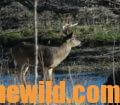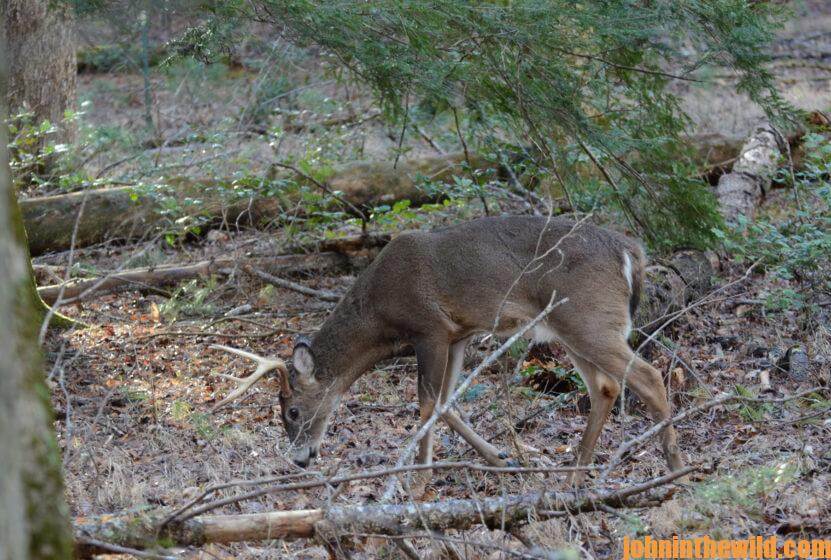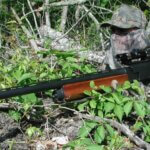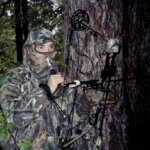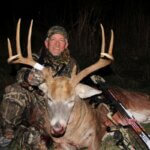Editor’s Note: The weather may be hot, and the woods may be dry, but the early part of deer season across the U.S. may be one of the best times to take a buck. However, early-season success may require a different set of strategies from those to which many hunters are accustomed.
Although I was bowhunting (see Day 1) when I didn’t find deer in their usual spots, the “moral” holds true for gun season: preseason scouting has to be done each year if a hunter expects to consistently bag a buck at the first of the season. And, with the drought of the past spring and summer in many sections of the country, chances are good that the mast crop will be poor this fall. Consequently, the deer’s preferred early-season food such as white oak acorns may be in short supply or even unavailable where you plan to hunt.
when I didn’t find deer in their usual spots, the “moral” holds true for gun season: preseason scouting has to be done each year if a hunter expects to consistently bag a buck at the first of the season. And, with the drought of the past spring and summer in many sections of the country, chances are good that the mast crop will be poor this fall. Consequently, the deer’s preferred early-season food such as white oak acorns may be in short supply or even unavailable where you plan to hunt.
To be successful during deer season’s early days, you must locate another food source (see Day 1 for deer’s favorite foods) that will concentrate deer as the acorns do. Although deer are browsers and will eat a variety of different foods, they do prefer certain foods over others. Where I hunt, poke sallet happens to be one of those favored deer foods (see Day 1) – when acorns aren’t available. During dry-weather conditions, then, I rely heavily on finding clearings that have a good crop of poke sallet to establish a hunt plan for whitetails.
Another early-season tactic that usually can be relied on is the “farmer factor.” If you’re hunting an agricultural region, what the farmer does, when he does it, and where he does it can be linked to your ability to locate and kill deer. For instance, if a farmer’s corn crop doesn’t produce enough corn to justify harvesting it, and he 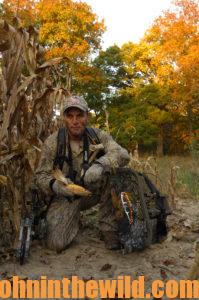 leaves the corn standing on the field, that crop becomes a deer attractor. If, however, the farmer harvests the corn long before deer season, whatever portion is spilled by the combine already will have been eaten by the deer before deer season opens. Stalking that corn field with hopes of bagging a buck is a waste of time. Also, if the farmer harvests his crop a week or two before deer season begins and spills a great deal of grain on the ground, then that spilled grain may draw deer like a magnet. You should know the value of scouting the woods in the early season to find where deer are feeding, bedding and traveling, talking with the farmers in an agricultural region and checking out fields can be critical for early-season success.
leaves the corn standing on the field, that crop becomes a deer attractor. If, however, the farmer harvests the corn long before deer season, whatever portion is spilled by the combine already will have been eaten by the deer before deer season opens. Stalking that corn field with hopes of bagging a buck is a waste of time. Also, if the farmer harvests his crop a week or two before deer season begins and spills a great deal of grain on the ground, then that spilled grain may draw deer like a magnet. You should know the value of scouting the woods in the early season to find where deer are feeding, bedding and traveling, talking with the farmers in an agricultural region and checking out fields can be critical for early-season success.
To learn more about bowhunting deer, check out John E. Phillips’ book, available in Kindle, print and Audible versions, “How to Hunt Deer Up Close: With Bows, Rifles, Muzzleloaders and Crossbows” (http://amzn.to/11dJRu8).

Tomorrow: Early-Season Deer Tactics


